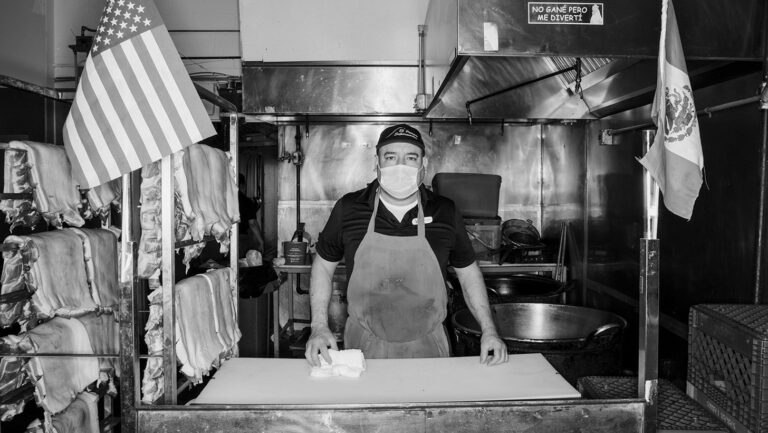When they chose Albuquerque instead, their decision had an immediate effect. In a snap, what had been little more than a sleepy rural village was transformed into a massive commercial hub. Giant warehouses, railroad offices and repair shops were soon erected along what became First Street. So called “New Albuquerque” sprouted up east of Old Town with lots of shops, bars, whore houses and opium dens on every street corner. Swanky residential neighborhoods for newly enriched locals cropped up in places like Huning Highlands.
Almost overnight, the tiny village became a city.
Albuquerque leaders haven't always been respectful of our city's history. In the post-war years, beautiful old buildings from the railroad era were torn down to be replaced with ugly, characterless buildings, or worse, parking lots.
These days, though, many Albuquerqueans are eager to preserve what's left of the city's railroad history. A small but interesting exhibit at the Special Collections Library juxtaposes archival photos with contemporary images of attempts to resurrect that bygone era.
We're still waiting for those monumental railyard buildings to be renovated, and it looks like it might be a long wait. But it's comforting to see photographs of the old Alvarado Hotel, which was torn down in the '70s, next to pictures of the new Alvarado Transportation Center—located on the very same site as the former building and constructed with the very same California Mission Style architecture. Images from the '30s of the old Albuquerque High School are also nice to see in the context of the recent renovation of those historic buildings.
There are many great structures from that era that still stand. The Wool Warehouse on First Street, right next to the tracks, has been used in the last decade for various live performances. The Slade's Dairy building got a contemporary interior renovation and now houses a law firm. The Broadway Food Market also received a very successful facelift.
Actually, the Special Collections Library itself is a spectacular survivor of the era. Serving as Albuquerque's main library from 1925, when it was built, through the '70s, the building is a pleasing example of Pueblo Revival architecture blended with Prairie Style windows. If only our current main library were so attractive. The branch now focuses on genealogical research and houses a special New Mexico historical collection. The Center of the Book is also located in the branch, presenting examples of printing presses and books from medieval times through the present.
After years of being plagued with drug dealers, “crack motels,” hookers, delipidated buildings and violence, Albuquerque's railroad districts are finally turning around. This exhibit shows how our city is slowly becoming more respectful toward the residue of our past.
A photo exhibit documenting Albuquerque's historic railside districts runs through June 27 at the Special Collections Library. 848-1376.








